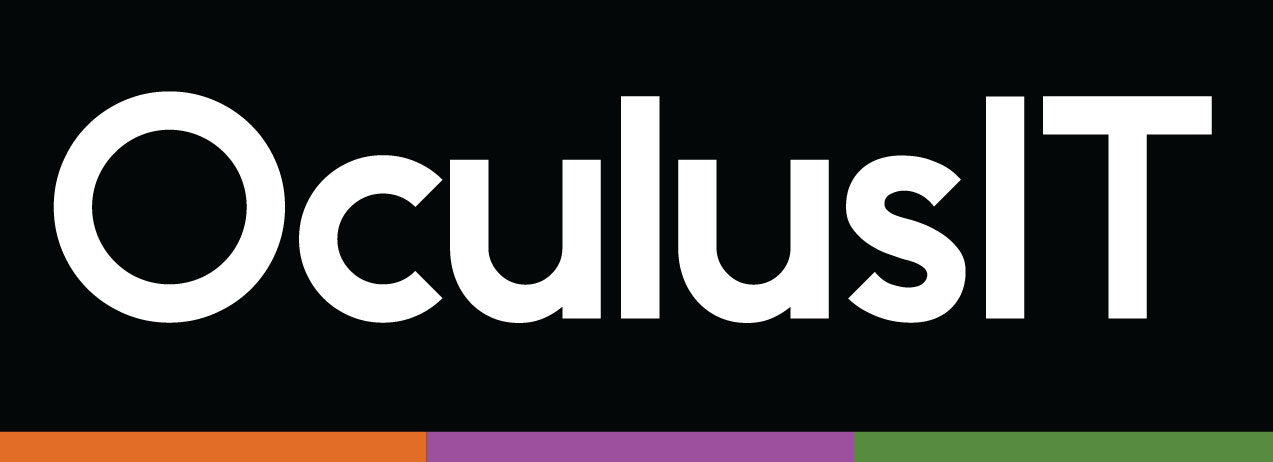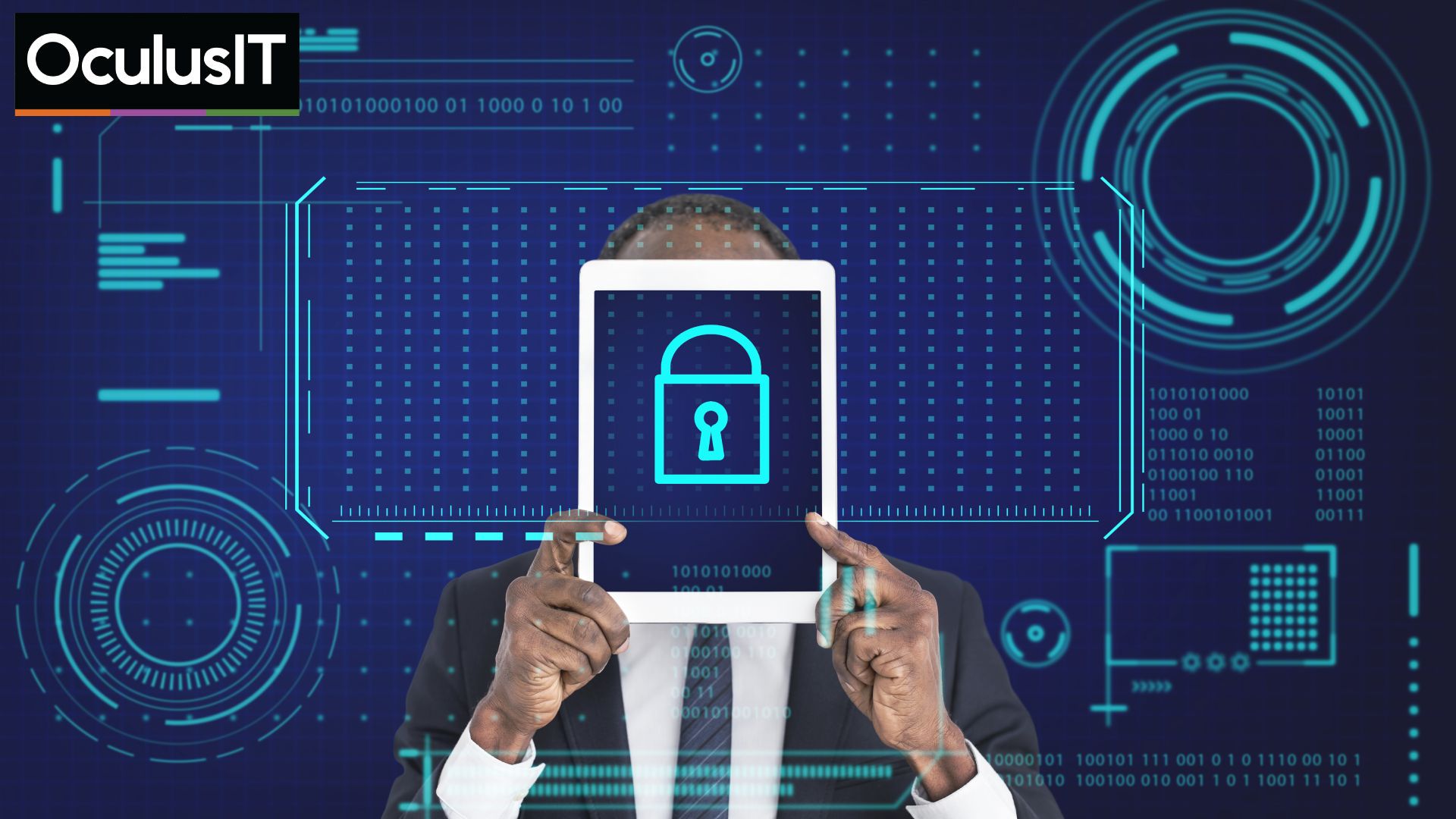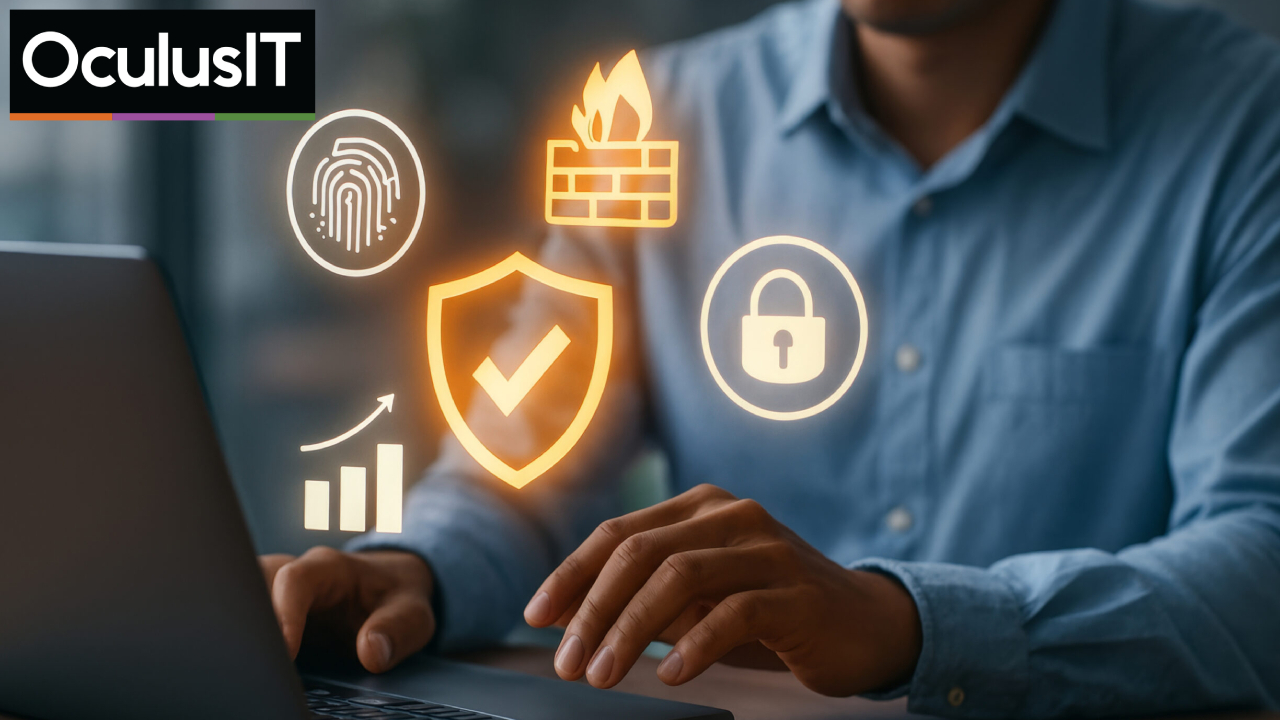
What Should Higher Ed Leaders Do to Secure Their Institutions Against AI-Powered Cyber Threats?
June 2nd, 2025
Reading time: 3 Minutes
Generative AI is quickly becoming a cornerstone of digital transformation in higher education. From accelerating research to enhancing administrative efficiency, its benefits are clear. But as institutions embrace these tools, they also inherit a new breed of threats: AI-powered cyberattacks, data leaks, and ethical gray zones.
Many institutions are innovating faster than they can secure. This imbalance is already being felt. According to the EDUCAUSE 2024 AI Landscape Study, only 23 percent of respondents indicated that their institution has any AI-related acceptable use policies already in place, and 48 percent disagreed or strongly disagreed that their institution has appropriate policies and guidelines to enable ethical and effective decision-making about AI use. That is a serious gap and a growing risk.
Here are three actions every college or university should take to strengthen cybersecurity in the age of generative AI.
1. Create Clear Governance Around AI Usage
Experimentation with generative AI tools like ChatGPT and Microsoft Copilot is widespread, but governance is lagging. Without proper oversight, this experimentation can lead to exposure of sensitive data, biased decision-making, or unauthorized AI integrations across core systems.
Institutional leaders must prioritize the following:
- Establish AI governance committees with representation from IT, academics, legal, and student services
- Develop acceptable use policies and guidelines that define responsible use, data security requirements, and third-party tool evaluations
- Ensure that any AI tools integrated into learning management systems or student portals are thoroughly vetted by IT security teams
Governance ensures that AI does not outpace security. It also builds community trust in how the institution is approaching innovation.
2. Adopt AI-Augmented Cybersecurity Infrastructure
Traditional firewalls and antivirus software are not equipped to detect or respond to AI-generated threats such as synthetic phishing emails, data poisoning, or algorithm manipulation. Institutions need cybersecurity tools that are just as advanced as the threats they face.
This includes the following:
- AI-powered monitoring tools that detect unusual patterns across networks, endpoints, and cloud systems
- Real-time behavioral analytics that flag anomalies before a breach occurs
- Managed security services that specialize in higher education, such as 24×7 Security Operations Center and vCISO solutions
Modern cyberattacks move quickly. Institutions must be ready with a security approach that moves even faster. AI-enhanced security can dramatically reduce detection and response time, limiting potential damage.
3. Educate and Empower Your Entire Campus Community
Faculty, staff, and students are often the first line of defense or the weakest link. Social engineering attacks powered by generative AI are more convincing and more targeted than ever before.
Training needs to go beyond general awareness. Higher ed leaders should consider the following:
- Launch focused training sessions on identifying deepfakes and AI-crafted phishing messages
- Host faculty workshops on ethical AI integration in classrooms and research
- Offer real-world simulations that allow teams to practice responding to AI-enabled threats
Security is not just a technical function. It is a campus-wide culture that must be continuously reinforced.
Final Thought: Leadership Shapes Security
Generative AI is not inherently dangerous, but without leadership, it becomes risky. With many institutions still catching up to basic AI policy development, higher ed leaders must take initiative now.
Treating AI-powered threats as a strategic priority, not just an IT concern, will separate the institutions that thrive from those that fall behind. Security must evolve at the same pace as innovation. Anything less is no longer sustainable.
To explore how OculusIT’s AI-ready cybersecurity solutions can help your institution stay protected, contact us today.
Click here to watch our cybersecurity webinar recap for expert insights, real examples, and actionable strategies for higher ed leaders.
Recent Articles


























